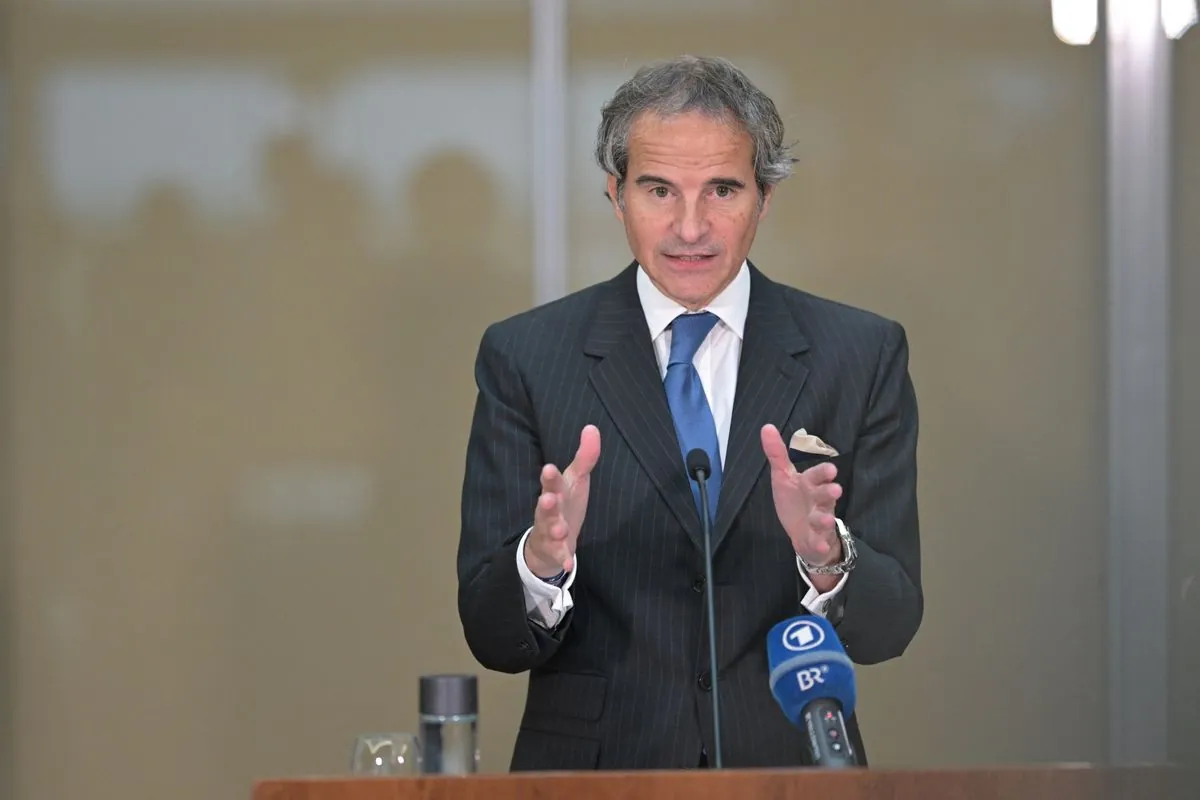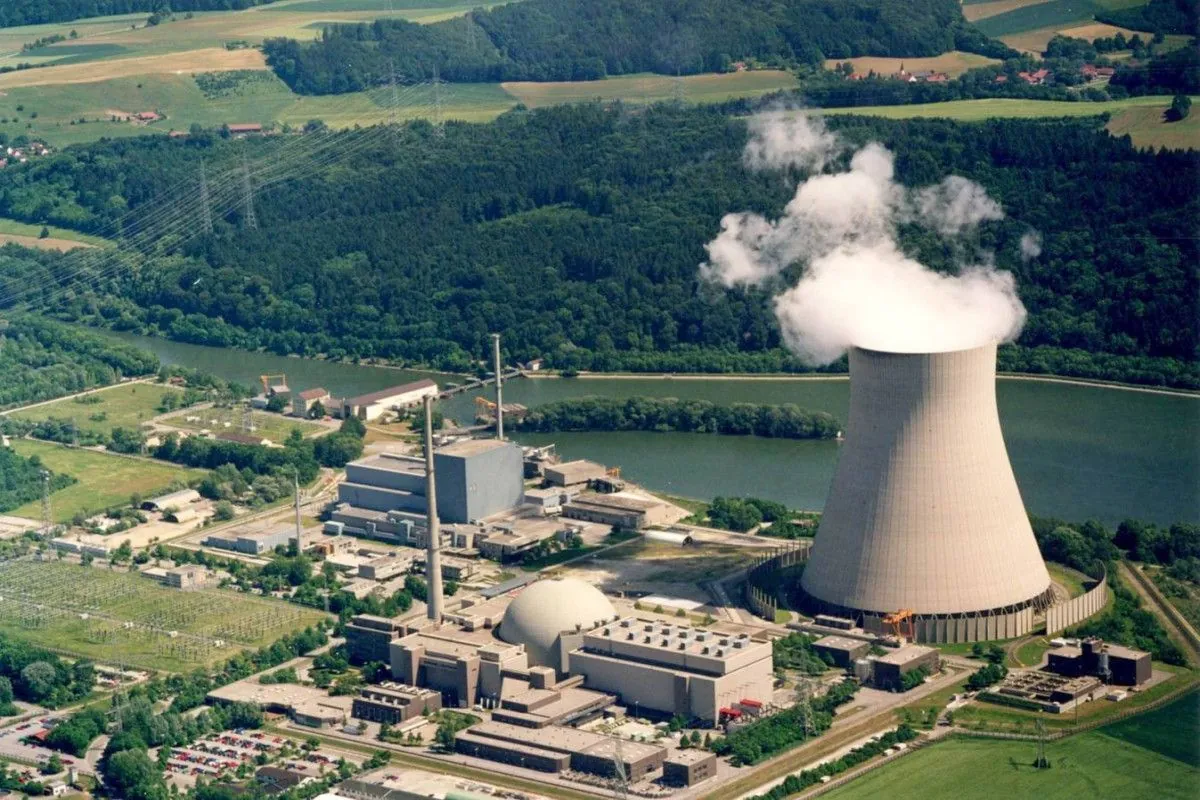UN Nuclear Chief Warns of Accident Risk at Kursk Power Plant
IAEA Director General Rafael Grossi inspected Russia's Kursk nuclear facility, expressing concern over potential accidents due to nearby conflict. The plant operates normally but lacks protective measures.

Rafael Grossi, Director General of the International Atomic Energy Agency (IAEA), conducted an inspection of Russia's Kursk nuclear power plant on August 27, 2024. Following his visit, Grossi expressed serious concerns about the facility's safety amid ongoing regional conflicts.
The Kursk nuclear power plant, located in Kurchatov, Russia, is the country's largest nuclear facility by energy output. It features four operational RBMK-1000 reactors, similar to those used at Chernobyl. These reactors lack containment buildings, a standard safety feature in modern nuclear facilities, making them particularly vulnerable to external threats.
Grossi highlighted the plant's proximity to active combat zones, stating, "The risk of a nuclear incident has become apparent in this area." The facility is situated approximately 40 kilometers from territories where military operations have recently occurred.
Russian authorities have reported multiple attacks on the plant by Ukrainian forces, though Ukraine has not responded to these allegations. The conflict's proximity to such a critical infrastructure raises significant safety concerns.

Despite the tense situation, the plant continues to operate under near-normal conditions. However, Grossi emphasized that this normalcy paradoxically increases the security risks, given the absence of additional protective measures.
During his inspection, Grossi observed the plant's third reactor operating at planned capacity, while the fourth reactor was undergoing scheduled maintenance that began on August 25, 2024. He also examined a new reactor block under construction, which utilizes more modern VVER-TOI technology.
The Kursk plant plays a crucial role in the region's energy supply, providing about 50% of the electricity for Russia's Central Black Earth Region. Its strategic importance, combined with its outdated design, underscores the potential consequences of any security breaches.
"The danger or possibility of a nuclear accident has emerged near here."
This situation highlights the ongoing challenges faced by nuclear facilities in conflict zones and the critical role of international oversight in maintaining nuclear safety. As the IAEA continues its efforts to monitor and safeguard nuclear installations worldwide, the Kursk plant serves as a stark reminder of the delicate balance between energy needs and security concerns in volatile regions.


































